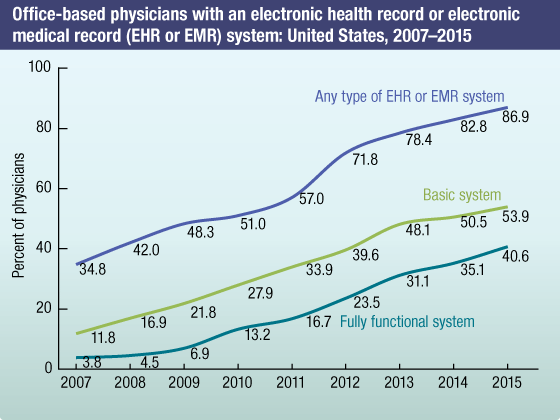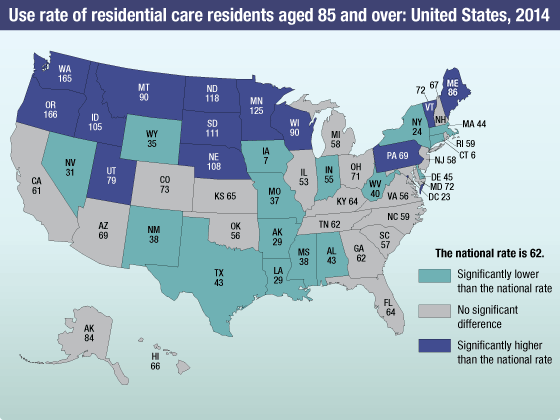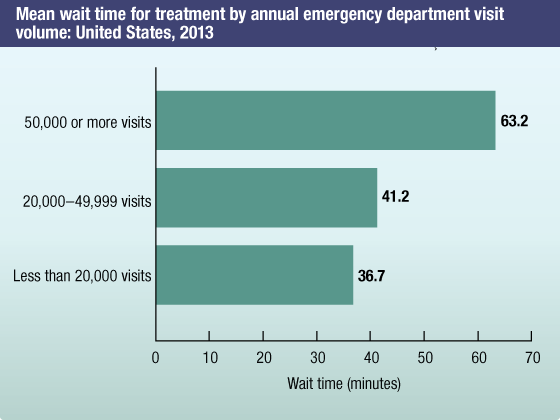National Health Care Surveys
NCHS Fact Sheet, April 2017
PDF Version (275 KB)
About NCHS
The National Center for Health Statistics (NCHS) is the nation’s principal health statistics agency, providing data to identify and address health issues. NCHS compiles statistical information to help guide public health and health policy decisions.
Collaborating with other public and private health partners, NCHS uses a variety of data collection mechanisms to obtain accurate information from multiple sources. This process provides a broad perspective on the population’s health, influences on health, and health outcomes.
National Health Care Surveys
The National Health Care Surveys are a group of surveys designed to provide information about the organizations and providers that deliver health care, the services rendered, and the patients served across diverse settings. Provider sites surveyed include doctors’ offices, community health centers, ambulatory surgery centers, hospital outpatient and emergency departments, inpatient hospital units, assisted living and similar residential care facilities, adult day services centers, nursing homes, home health agencies, and hospice organizations.
National Health Care Surveys are used to study:
- Resource use, including staffing
- Quality of care, including patient safety
- Clinical management of specific conditions
- Disparities in use and quality of care
- Diffusion of health care technologies including drugs, surgical procedures, and information technologies
- Effects of policy changes
Recent Findings
Electronic Health Records or Electronic Medical Records
The Health Information and Technology for Economic and Clinical Health Act of 2009 provided incentive payments through Medicare and Medicaid to health care providers that use certified electronic health record (EHR) systems to achieve specified improvements in care delivery.
The Department of Health and Human Services Office of the National Coordinator for Health Information uses NCHS data to monitor provider adoption of electronic health records or electronic medical records (EHR or EMR). In 2015, 86.9% of office-based physicians reported using any type of EHR system, up from 34.8% in 2007. Of these physicians, 53.9% had an EHR system with features meeting the criteria of a basic system, up from 11.8% in 2007; 40.6% of office-based physicians had an EHR system with features meeting the criteria of a fully functional system in 2015, up from 3.8% in 2007. NCHS collects data from eligible professionals, hospitals, and critical access hospitals in fulfillment of the Meaningful Use Incentive Program—a monetary incentive program for physicians and hospitals to participate in our surveys, which results in increased response rates.

SOURCES: NCHS, National Ambulatory Medical Care Survey and National Electronic Health Records Survey.
Residential Care
Residential care, including assisted living, provides long-term care services to individuals who cannot live independently but generally do not require the skilled level of care provided by nursing homes. On a typical day in 2014, for every 1,000 people aged 85 years or over in the United States, 62 resided in a residential care community. Use of these providers varied by state, where 13 states—mostly in the upper West and upper Midwest—had higher rates than the national rate. Residential care daily use rates ranged from 6 in Connecticut to 166 in Oregon.

NOTES: Rates based on residents in residential care communities on any given day in 2014 per 1,000 persons aged 85 and over.
SOURCE: NCHS, National Study of Long-Term Care Providers, 2014.
Volume of emergency department visits affects wait time
Emergency department (ED) wait time is an indication of overcrowding. In 2013, mean wait times for ED treatment increased as the annual volume of visits increased. The mean wait time was 36.7 minutes in EDs with less than 20,000 annual visits, compared with 63.2 minutes in EDs with 50,000 or more annual visits.
In some hospitals, increased ED visit volume resulted in ED crowding (boarding admitted patients in hallways or other spaces), ambulance diversion, and increased wait times for minor problems and sometimes serious ones, such as myocardial infarction.
Mean wait times were longer in EDs that went on ambulance diversion or that boarded admitted patients.

SOURCE: NCHS, National Hospital Ambulatory Medical Care Survey, 2013.
Challenges and Future Opportunities
- Continue to test methods of data collection of EHRs.
- Integrate existing surveys in the hospital setting to the new National Hospital Care Survey.
- Collect individual-level data on services users, expand content, and explore ways to extract data on services users in the National Study
- of Long-Term Care Providers.
- Expand range of providers and data currently collected for better coverage of the health care and long-term care system.
For further information about NCHS and its programs, visit https://www.cdc.gov/nchs.
For further information about National Health Care Surveys, visit https://www.cdc.gov/nchs/dhcs.htm.
- Page last reviewed: May 15, 2017
- Page last updated: May 15, 2017
- Content source:


 ShareCompartir
ShareCompartir